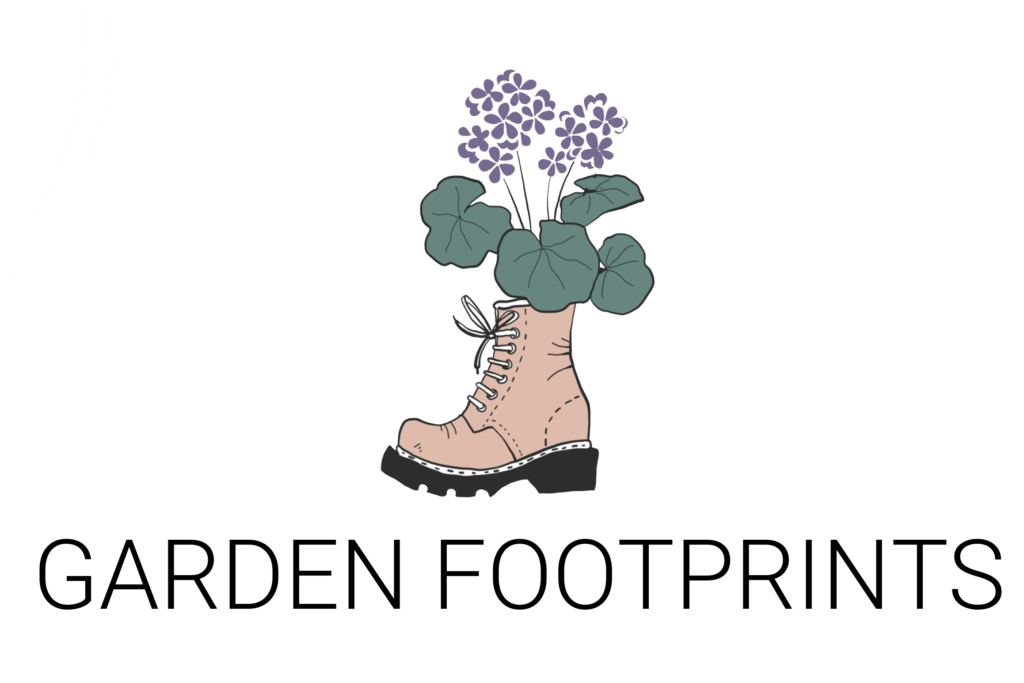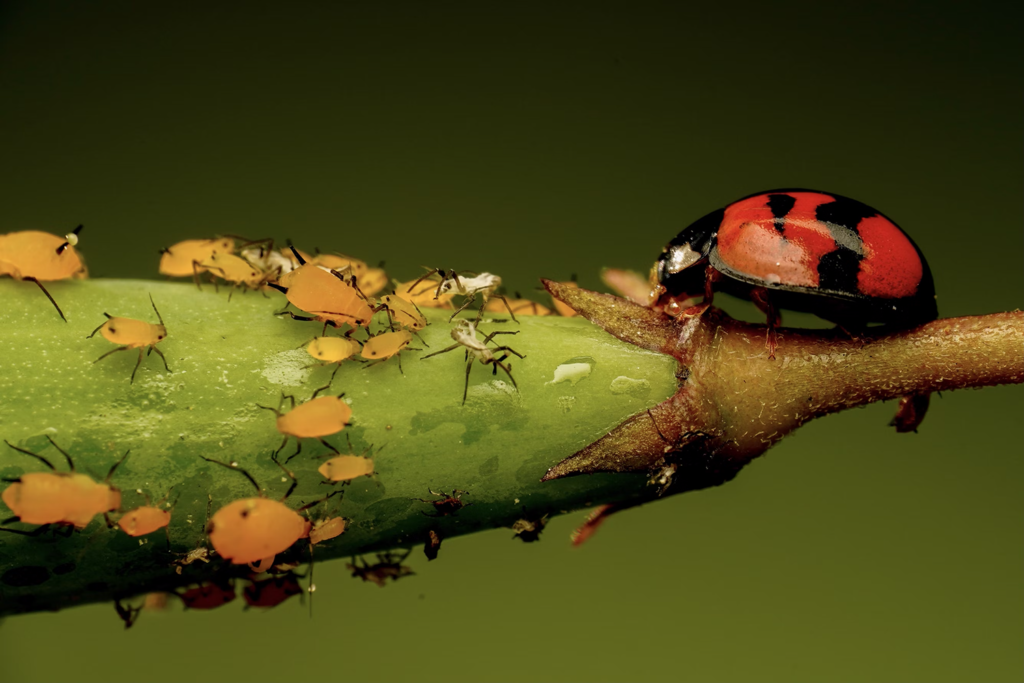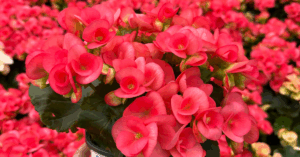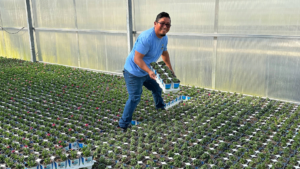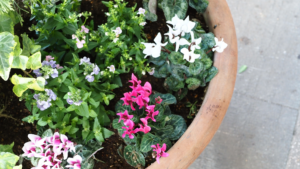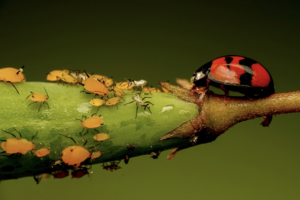Unfortunately, bugs love to feed on plants in the greenhouse and in the environment around us. We do our best to control and prevent bugs organically, but sometimes infestations occur and must be dealt with. There are several kinds of bugs we commonly battle such as: aphids, thrips, spider mites, broad mites and white fly with aphids and thrips being the two most common. Please note, we do not use neonicotinoids, our preference is using beneficial biological predators, which essentially are good bugs that feed on the bad bugs.
Aphids
Most common, they are soft-bodied insects that can survive in any zone and multiply quickly. They can be light green, white, black, brown, gray, yellow and pink. They feed on plant juices by attacking leaves, stems and buds. Aphids cause damage to plants and if not handled in time, the plant suffers and will eventually die. Look out for misshapen, curled, stunted, yellow or damaged leaves. Check underneath leaves, they love to hide there. Aphids particularly like to feed on Calibrachoa, Pansy, Viola and Peppers, however they will make any plant their host. If an infestation of aphids looks new and there isn’t much damage to the plants, try spraying the plants with cold water. Sometimes a cold blast of water is all it takes to dislodge them. If an infestation seems too great and the plants are showing damage, check your local garden store for more solutions. With any treatment, read and follow label directions carefully as well as learn about the implication to the environment before use.
Spider Mites
These are extremely small arachnids that hang out underneath the leaves and cause damage by sucking the plant juice out of the leaves. Spider mites are usually identified by leaving a fine webbing and damage to the leaves. They can be a variety of colors and are so small that they can’t be seen with the naked eye. Natural ways to rid your plants of spider mites include, spraying 1 part rubbing alcohol to 4 parts water solution on every side of the plant foliage. Rubbing alcohol dehydrates spider mites, try a small area first to make sure the solution doesn’t damage the plant itself. Applying insecticidal soaps or neem oil may work against spider mites as well. If an infestation seems too great and the plants are showing damage, check your local garden store for more solutions. With any treatment, read and follow label directions carefully as well as learn about the implication to the environment before use.
Thrips
A common pest found in greenhouses and indoor/outdoor gardens, thrips damage plants by sucking their juices and scraping at fruits, flowers and leaves. Plant leaves may turn pale, splotchy, and silvery, then die. Injured plants are twisted, discolored and scarred. Adults are very small (less than 1/25 inch) straw-colored or black slender insects with two pairs of feathery wings. Without the use of a hand lens, they resemble tiny dark threads. They are difficult to see with the naked eye. They are very difficult to kill and have been evolving to withstand common treatments. Try spraying your plants with a soap & water solution or apply neem oil to naturally rid your plants of thrips. If an infestation seems too great and the plants are showing damage, check your local garden store for more solutions. With any treatment, read and follow label directions carefully as well as learn about the implication to the environment before use.

